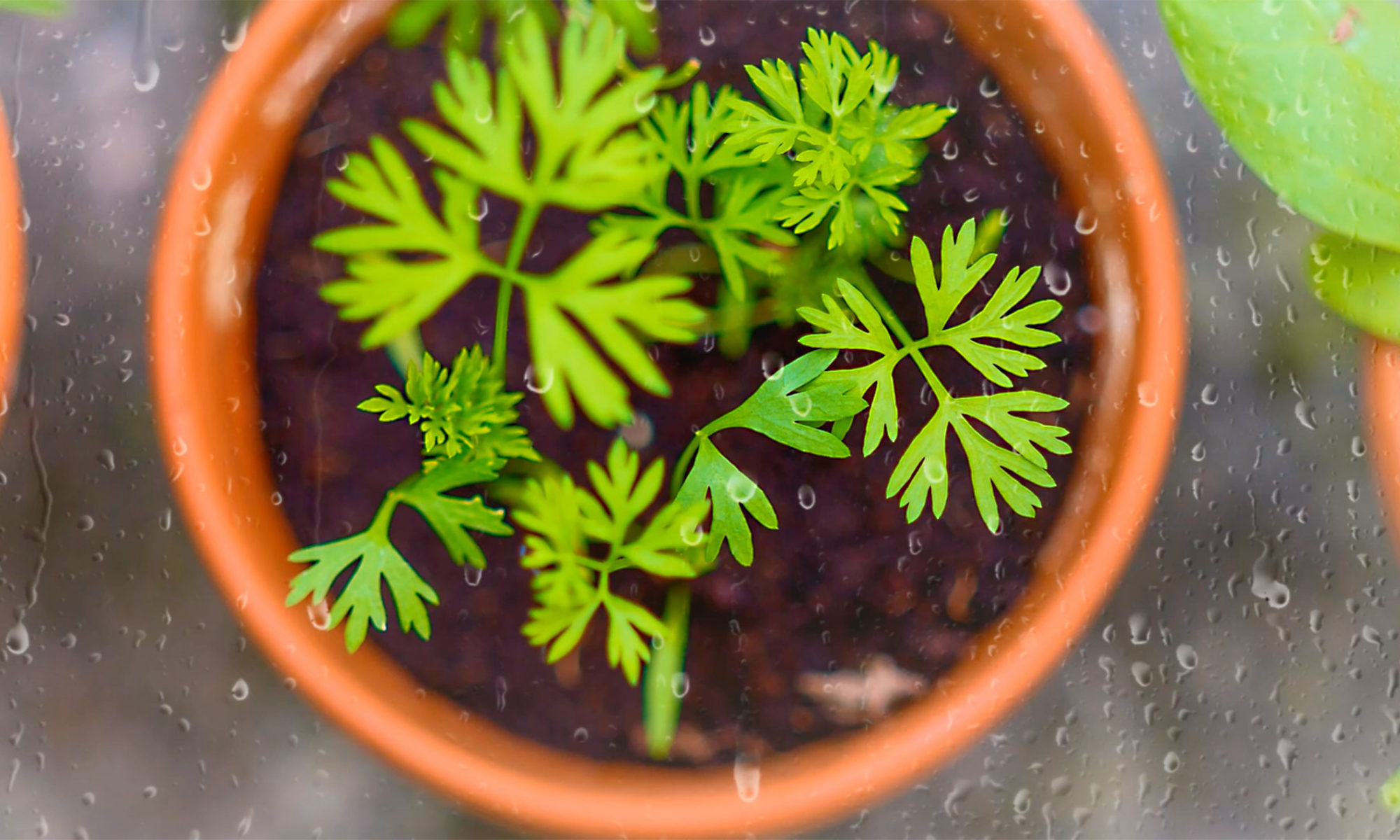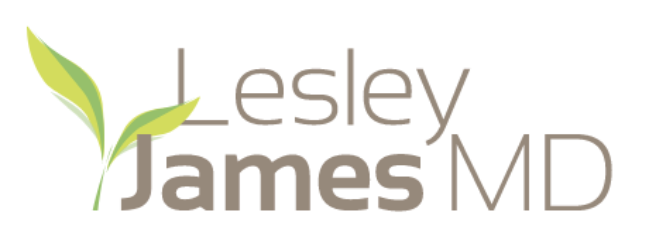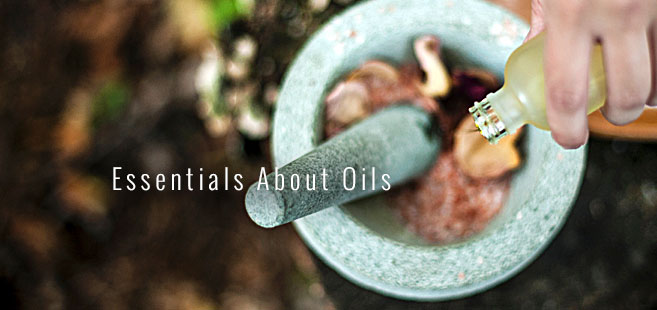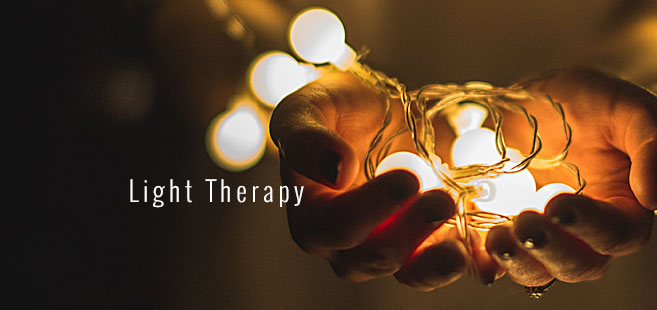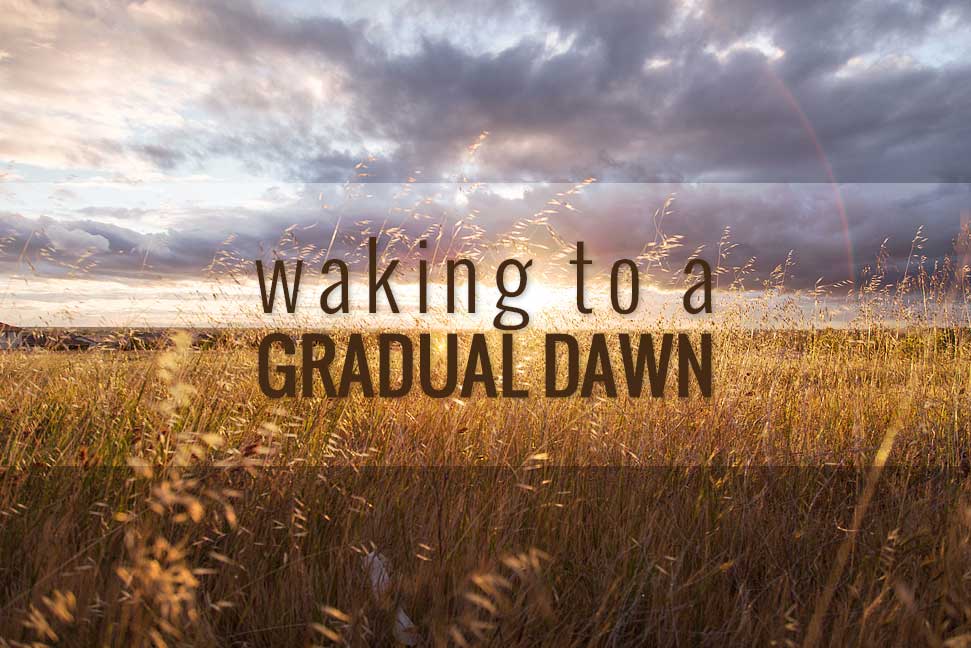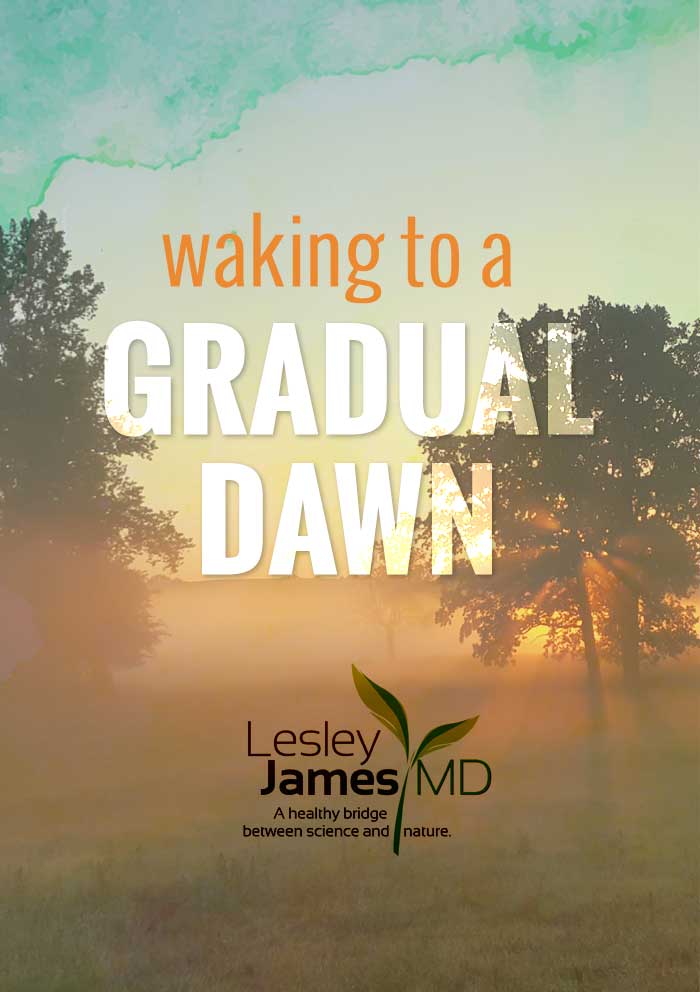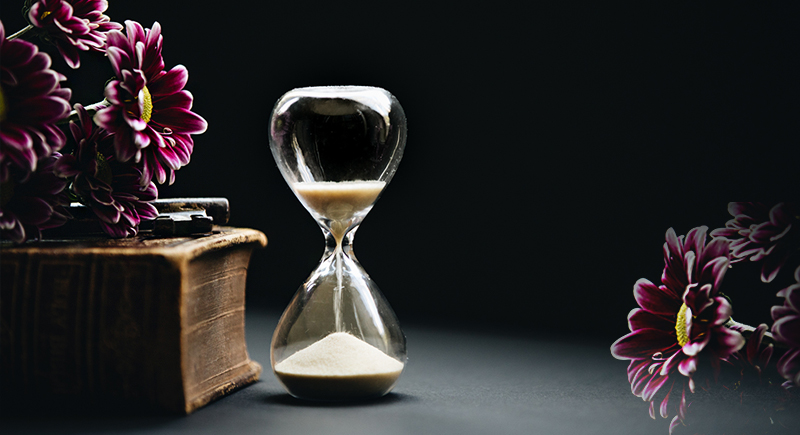
Fall is upon us, and along with its glorious gifts comes a change in the weather and in the light. Here in Rochester, one of the country’s cloudiest cities, with so few hours of sunshine and shorter days, we strive to move mountains before sunset. But adhering to nature’s light switch may not be advantageous for everyone, as research shows that each individual has an internal chronotype that determines when we truly shine.
What is a chronotype?
In short, it is an individual difference characteristic reflecting the time of day at which we are at our best. We all have a master clock in our brain and many subsidiary clocks ticking throughout our bodies, and not everyone’s clocks run at the same pace. Our chronotype controls our clock, or circadian rhythm, which is a series of behavioral, mental and physical changes that follow a 24-hour cycle. So if you consider yourself an “early bird” or a “night owl,” believe it or not your body is programmed for this classification, based upon your chronotype. And once you know your chronotype, you can work with your body to achieve maximum productivity.
What’s your chronotype? Take the quiz. <<
The assessment of individual chronotypes is important not only for the diagnosis and treatment of sleep disorders and for predicting the ability to adapt to specific schedules, but also for improving daytime performance and matching sleep schedules to our biology. Extreme evening individuals are at higher risk than morning people of not obtaining sufficient sleep and of performing poorly due to the difference between their circadian rhythm and the social demands of daily schedules. There is also research to show that people have more difficulties in maintaining sleep when their sleep is scheduled at adverse circadian phases.
The good news is, knowing our chronotypes can inspire us to take preventative measures such as using light therapy, or exposure to bright artificial light that mimics natural outdoor light. This therapy has long been recommended for Seasonal Affective Disorder, which results in changes in mood, sleep and even eating habits during the fall and winter months, as well as other health issues such as fatigue, memory-related disorders, low energy and more. By taking the chronotype assessment, we’ll know the optimal time to use light therapy according to our individual circadian rhythms and feel more energized throughout the day.
So, while we may not have a say when it comes to Mother Nature, business hours and school bells, knowledge of our chronotypes will definitely determine the ideal time of day to focus on important issues, complete daily tasks, exercise, achieve goals and, ultimately, live more fulfilling lives.
See Upcoming Classes:
October 8: THE SCIENCE BEHIND FOOD CRAVINGS
October 9: HEALTHY HIJACKS FOR TEA AND COFFEE
October 24: EXPLORE THE LINK BETWEEN NUTRITION AND SLEEP STRUGGLES
